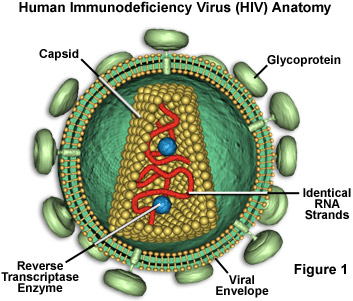Perhaps no disease is more strongly identified with the late twentieth century than acquired immunodeficiency syndrome, commonly known as AIDS. Yet, according to a 2004 United Nations report on the state of the global AIDS epidemic, the disease has not yet begun to reduce its grip on the world population despite the fact that AIDS does not generally receive the same amount of public attention as it once did. On the contrary, infections are on the rise in many countries, including high income nations such as the United States. In 2003, nearly five million people contracted the human immunodeficiency virus (HIV) that causes AIDS, the greatest number of new infections in a single year since AIDS was first officially recognized as a disease in 1981.

The virus responsible for HIV was first isolated in 1983 by Robert Gallo of the United States and French scientist Luc Montagnier. Since that time, a tremendous amount of research focusing upon the causative agent of AIDS has been carried out and much has been learned about the structure of the virus and its typical course of action. HIV is one of a group of atypical viruses called retroviruses that maintain their genetic information in the form of ribonucleic acid (RNA). Through the use of an enzyme known as reverse transcriptase, HIV and other retroviruses are capable of producing deoxyribonucleic acid (DNA) from RNA, whereas most cells carry out the opposite process, transcribing the genetic material of DNA into RNA. The activity of the enzyme enables the genetic information of HIV to become integrated permanently into the genome (chromosomes) of a host cell.

 Posted in:
Posted in: 






0 comments:
Post a Comment